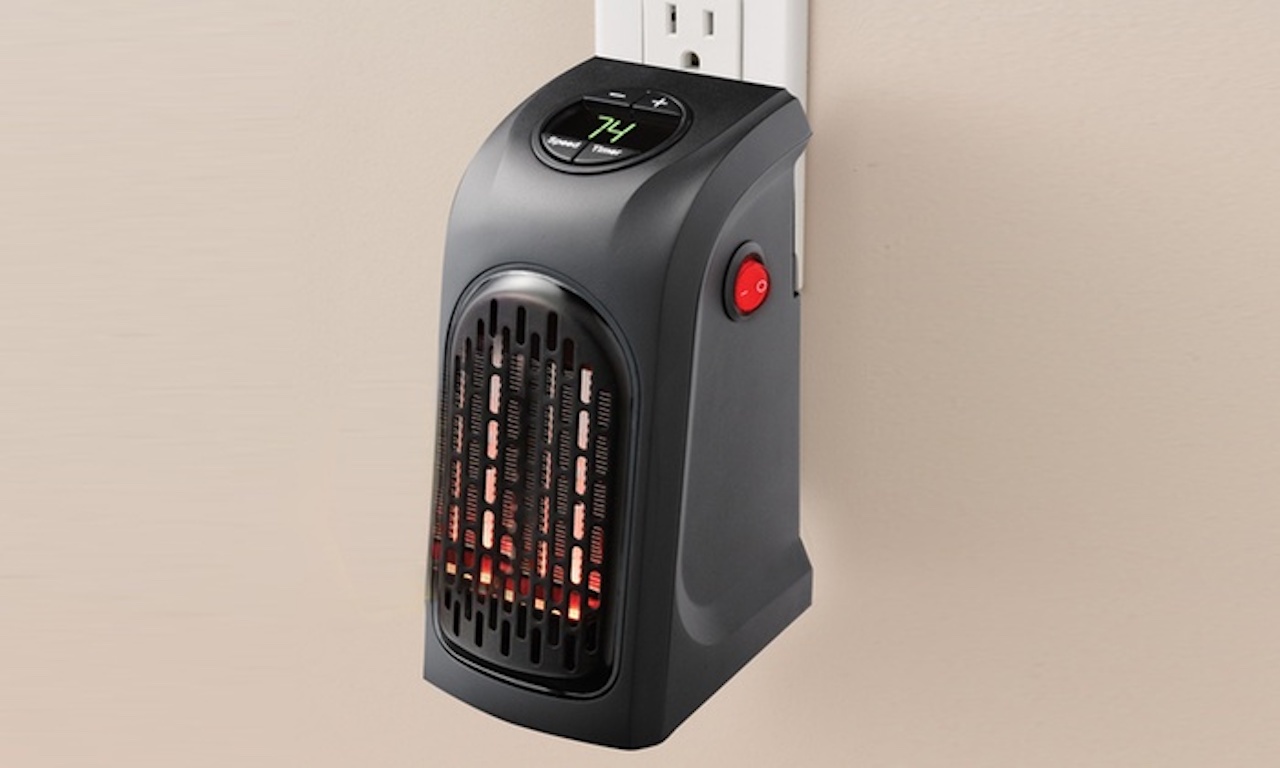

Articles
How To Plug In A Space Heater
Modified: October 20, 2024
Learn how to safely and efficiently plug in a space heater with these informative articles. Discover tips and guidelines for maximizing warmth and minimizing risks.
(Many of the links in this article redirect to a specific reviewed product. Your purchase of these products through affiliate links helps to generate commission for Storables.com, at no extra cost. Learn more)
Introduction
Space heaters are a popular choice for providing extra warmth and comfort during the winter months. Whether you want to heat a specific room or supplement existing heating systems, a space heater can be a practical and efficient solution. However, it’s important to use space heaters safely to prevent accidents and ensure optimal performance.
In this article, we will guide you through the process of plugging in a space heater safely and effectively. We will cover important safety precautions, selecting the right outlet, preparing the space heater, adjusting settings, and monitoring its operation. By following these steps, you can enjoy the benefits of a cozy and warm environment while minimizing any potential risks.
Key Takeaways:
- Prioritize safety when plugging in a space heater by following manufacturer’s instructions, choosing a suitable outlet, and preparing the heater for safe and efficient operation.
- Monitor the space heater’s functionality, adjust settings for comfort and energy efficiency, and always unplug it properly to ensure safety and longevity.
Read more: How To Clean A Space Heater?
Step 1: Safety Precautions
Before plugging in a space heater, it’s crucial to take the necessary safety precautions to prevent accidents and ensure the well-being of both yourself and those around you. Here are some important safety measures to keep in mind:
- Read the manufacturer’s instructions: Familiarize yourself with the user manual and follow the guidelines provided by the manufacturer. Each space heater may have specific safety instructions and recommendations that you need to be aware of.
- Ensure proper ventilation: Make sure the area where you plan to use the space heater is well-ventilated. Avoid placing the heater near curtains, furniture, or any other objects that could potentially be a fire hazard. Remember to keep a distance of at least three feet from any flammable materials.
- Place on a stable surface: Ensure that the space heater is placed on a flat and stable surface. Avoid placing it on uneven or wobbly surfaces that could cause it to tip over.
- Keep away from water: Never use a space heater in a damp or wet area. Keep it away from water sources, such as sinks, baths, or humidifiers, to prevent electrical hazards.
- Install smoke detectors and carbon monoxide detectors: It’s crucial to have functioning smoke detectors and carbon monoxide detectors in the area where the space heater is being used. Regularly check and replace the batteries to ensure their effectiveness.
- Never leave unattended: It’s important to never leave a space heater unattended, especially when it’s in use. Always turn off the heater when you leave the room or go to sleep.
- Use a grounded outlet: Plug the space heater into a grounded outlet. Avoid using extension cords or power strips, as they can overload the circuit and pose a fire hazard.
- Keep away from children and pets: Keep the space heater out of reach of children and pets to prevent accidental burns or injuries. Consider using a heater with a safety feature like a cool-touch exterior to minimize the risk of burns.
By following these safety precautions, you can ensure a secure and worry-free experience when plugging in and using a space heater. Remember, safety should always be the first priority.
Step 2: Choosing the Right Outlet
Selecting the appropriate outlet for your space heater is essential for its proper functioning and safety. Here are some considerations to keep in mind when choosing the right outlet:
- Adequate power capacity: Ensure that the outlet you choose can handle the power requirements of your space heater. Check the wattage and voltage specifications of the heater and compare them to the capacity of the outlet to avoid overloading the circuit.
- Grounded outlet: It’s highly recommended to plug your space heater into a grounded outlet. A grounded outlet provides an extra layer of safety by redirecting electrical currents in case of a fault or surge.
- Accessible location: Make sure the outlet is easily accessible and in a convenient location for plugging in and monitoring the space heater. Avoid outlets that are behind furniture or in hard-to-reach areas.
- Outlet condition: Inspect the outlet to ensure it is in good condition. Check for any visible damage, loose connections, or signs of overheating. If you notice any issues, consult a qualified electrician to have it repaired or replaced.
- Avoid using extension cords: Whenever possible, it’s best to plug your space heater directly into the outlet without using an extension cord. Extension cords can be a tripping hazard and may not be designed to handle the power requirements of a space heater.
- Location of other electrical devices: Consider the location of other electrical devices that may already be plugged into the outlet or on the same circuit. Ensure that there is sufficient capacity to handle the additional load of the space heater without causing the circuit to trip or overload.
By carefully selecting the right outlet, you can ensure a stable and safe power supply for your space heater. This will help maximize its performance and minimize any potential electrical hazards.
Step 3: Preparing the Space Heater
Properly preparing your space heater before plugging it in is crucial for its safe and effective operation. Here are some steps to follow to ensure the heater is ready for use:
- Clean the heater: Before using the space heater, make sure it is clean and free from any dust or debris. Use a soft cloth or brush to gently remove any dirt from the surface of the heater. This will help prevent any possible fire hazards and ensure the heater operates efficiently.
- Inspect the cord and plug: Check the power cord and plug of the space heater for any signs of damage or wear. Make sure there are no frayed wires or exposed conductors. If you notice any issues, it’s important to have the cord repaired or replaced by a professional before using the heater.
- Position the heater: Decide on the best location to place the space heater. Ensure it is placed on a stable surface and positioned away from any flammable materials. Keep it at least three feet away from furniture, curtains, bedding, and other objects that could potentially catch fire.
- Clear the area around the heater: Remove any obstructions or objects in the immediate vicinity of the space heater. This will help ensure proper airflow and prevent any potential hazards that could interfere with the heater’s operation.
- Check the thermostat: If your space heater has a built-in thermostat, check that it is functioning properly. Set the thermostat to your desired temperature and ensure it responds accordingly. This will help you maintain a comfortable and consistent temperature in the room.
- Prepare for the noise: Some space heaters may produce noise during operation. If you are sensitive to noise, consider placing the heater in a location where the noise won’t be a disturbance, such as a corner or away from sleeping areas.
By taking the time to properly prepare your space heater, you can ensure its optimal performance and reduce the risk of any potential hazards. This will help create a comfortable and safe environment for heating your space.
Step 4: Plug in the Space Heater
Once you have taken the necessary safety precautions and prepared your space heater, it’s time to plug it in and start enjoying the warmth. Here is the process for plugging in your space heater:
- Locate the power cord: Identify the power cord of your space heater. It is usually located at the back or bottom of the unit. Ensure that the cord is untangled and not twisted or pinched.
- Find a suitable outlet: Choose a grounded outlet that can handle the power requirements of your space heater. Double-check that the outlet is in good condition and easily accessible.
- Insert the plug into the outlet: Align the prongs of the plug with the slots in the outlet. Gently push the plug into the outlet until it is fully inserted. Ensure that the plug fits securely and does not wobble or come loose.
- Do not force the plug: If the plug does not go in easily, do not force it. Ensure that the plug and outlet types match, and if they don’t, find a suitable adapter to safely connect them. If you are unsure, consult the manufacturer’s instructions or seek assistance from a professional electrician.
- Check the power indicator: Once the heater is plugged in, check if there is a power indicator light on the unit. This light indicates that the space heater is receiving electricity and is ready for operation.
- Test the heater’s functionality: Before leaving the space heater unattended, test its functionality by turning it on for a few minutes. Ensure that the heater is generating heat and that the controls are working properly. Listen for any abnormal sounds and check for any unusual smells.
By following these steps, you can safely and effectively plug in your space heater. However, always refer to the manufacturer’s instructions specific to your heater for detailed guidelines on how to properly plug in and operate the device.
Make sure to plug your space heater directly into a wall outlet, not an extension cord or power strip, to avoid overheating and potential fire hazards.
Read more: How To Dispose A Space Heater?
Step 5: Adjusting Settings and Temperature
Once your space heater is plugged in and functioning, it’s time to adjust the settings and temperature according to your needs. Here is how you can do it:
- Locate the controls: Familiarize yourself with the controls on your space heater. This typically includes buttons or dials for adjusting the temperature, fan speed, and timer settings.
- Set the desired temperature: Determine the desired temperature for your space and adjust the thermostat accordingly. Most space heaters have a thermostat control that allows you to set the desired temperature range. Once set, the heater will maintain that temperature by turning on and off as needed.
- Select the fan speed: If your space heater has multiple fan speed settings, choose an appropriate level based on your comfort preference. Higher fan speeds tend to distribute heat more quickly, while lower speeds may provide a gentler and quieter operation.
- Consider using oscillation: Some space heaters offer an oscillation feature that allows the heat to be distributed more evenly throughout the room. If available, consider turning on the oscillation function for wider coverage.
- Activate any additional features: Depending on the model of your space heater, there may be additional features such as a timer or remote control. Take advantage of these features to customize your heating experience and maximize convenience.
- Monitor the temperature: Keep an eye on the temperature in the room and adjust the settings as needed. If you find the room becoming too warm, lower the temperature or turn off the space heater temporarily.
- Be mindful of energy consumption: Consider energy-saving practices when using a space heater. Use it only in the rooms that require heating, and avoid keeping it on when you are not present. This will help reduce energy consumption and lower utility costs.
Remember to follow the manufacturer’s instructions for your specific space heater model while adjusting the settings and temperature. This will ensure optimal performance and safety throughout the operation.
Step 6: Monitoring the Space Heater
Once your space heater is up and running, it’s important to regularly monitor its operation to ensure it’s functioning safely and efficiently. Here are some key points to keep in mind while monitoring your space heater:
- Keep an eye on the temperature: Monitor the temperature in the room and ensure that it remains at a comfortable level. Adjust the thermostat settings accordingly if needed.
- Check for any unusual smells or sounds: Pay attention to any strange smells or sounds coming from the space heater. Unusual odors, like burning or melting plastic, could indicate a problem. Likewise, any grinding or rattling sounds can be a sign of an issue. If you notice anything out of the ordinary, turn off the space heater and inspect it for potential problems.
- Ensure proper airflow: Make sure that the space heater is not obstructed and that there is adequate airflow around the unit. Avoid placing objects directly in front or on top of the heater, as this can impede the circulation of heat and potentially cause the unit to overheat.
- Be cautious with children and pets: Keep an eye on children and pets around the space heater. Ensure they maintain a safe distance and do not touch the hot surfaces. Consider using a heater with safety features like a cool-touch exterior or tip-over protection to minimize the risk of burns or accidents.
- Check the power cord and plug: Regularly inspect the power cord and plug for any signs of damage or wear. Look for frayed wires, exposed conductors, or loose connections. If you notice any issues, immediately turn off the space heater and have it repaired by a qualified professional.
- Keep a fire extinguisher nearby: As an extra precaution, it’s wise to have a fire extinguisher readily accessible in the area where the space heater is being used. Familiarize yourself with its operation and ensure it is in good working condition.
Monitoring your space heater throughout its operation will help identify any potential problems early on and prevent accidents or malfunctions. Regular vigilance ensures a safe and comfortable heating experience.
Step 7: Unplugging the Space Heater Properly
When you’re finished using your space heater, it’s important to unplug it properly to ensure safety and energy efficiency. Here are the steps to follow when unplugging your space heater:
- Turn off the space heater: Before unplugging the heater, always turn it off using the power switch or control panel. This will help prevent any accidental activation while handling the unit.
- Allow the space heater to cool down: Give the space heater some time to cool down before unplugging it, especially if it has been running for an extended period. The heating elements and surfaces can remain hot for a while even after the heater is turned off.
- Grasp the plug firmly: Hold the plug of the space heater firmly with your hand. Avoid pulling the cord to unplug the unit, as it can cause damage to the cord or the outlet.
- Gently pull the plug from the outlet: Using a steady and gentle motion, pull the plug straight out from the outlet. Don’t yank or twist the cord, as this can strain the cord and eventually lead to damage.
- Inspect the power cord and plug: Once the space heater is unplugged, take a moment to inspect the power cord and plug for any signs of damage or wear. Check for frayed wires, exposed conductors, or loose connections. If you notice any issues, refrain from using the heater until it is repaired by a professional.
- Store the space heater properly: Once unplugged, store the space heater in a safe and dry location. Avoid storing it in an area prone to moisture or extreme temperatures. Keep the cord neatly coiled to prevent tangling or damage.
- Unplug when not in use: It’s a good practice to unplug the space heater when it is not in use, even if you plan to use it later. This will help conserve energy and reduce the risk of any electrical issues.
Unplugging your space heater properly not only ensures its safety but also promotes energy efficiency. By following these steps, you can maintain the longevity of your space heater and reduce the risk of electrical hazards.
Conclusion
Plugging in a space heater may seem like a simple task, but taking the necessary precautions and following a step-by-step process is vital for safety and optimum performance. By adhering to the guidelines outlined in this article, you can confidently and responsibly use a space heater to provide warmth and comfort during the winter months.
Remember to prioritize safety by reading the manufacturer’s instructions, ensuring proper ventilation, using a stable surface, keeping the heater away from water sources, and installing smoke and carbon monoxide detectors. Additionally, always use a grounded outlet, avoid extension cords, and place the heater out of reach of children and pets.
Choosing the right outlet based on power capacity and location, as well as preparing the heater by cleaning it, checking the cord and plug, and positioning it properly, is essential for safe operation.
Once plugged in, adjust the settings and temperature according to your needs, while continuously monitoring the heater for any unusual smells, sounds, or issues with airflow. It is also important to be mindful of energy consumption and the presence of children and pets.
Finally, when you’re done using the space heater, unplug it properly by turning it off, allowing it to cool down, firmly grasping the plug, gently pulling it out, inspecting the power cord and plug, and storing the heater in a safe location.
By following these steps, you can ensure the safe and effective use of your space heater, providing warmth and comfort in a responsible and secure manner. Stay vigilant, practice good safety measures, and enjoy the cozy atmosphere created by your space heater during the colder seasons.
Frequently Asked Questions about How To Plug In A Space Heater
Was this page helpful?
At Storables.com, we guarantee accurate and reliable information. Our content, validated by Expert Board Contributors, is crafted following stringent Editorial Policies. We're committed to providing you with well-researched, expert-backed insights for all your informational needs.
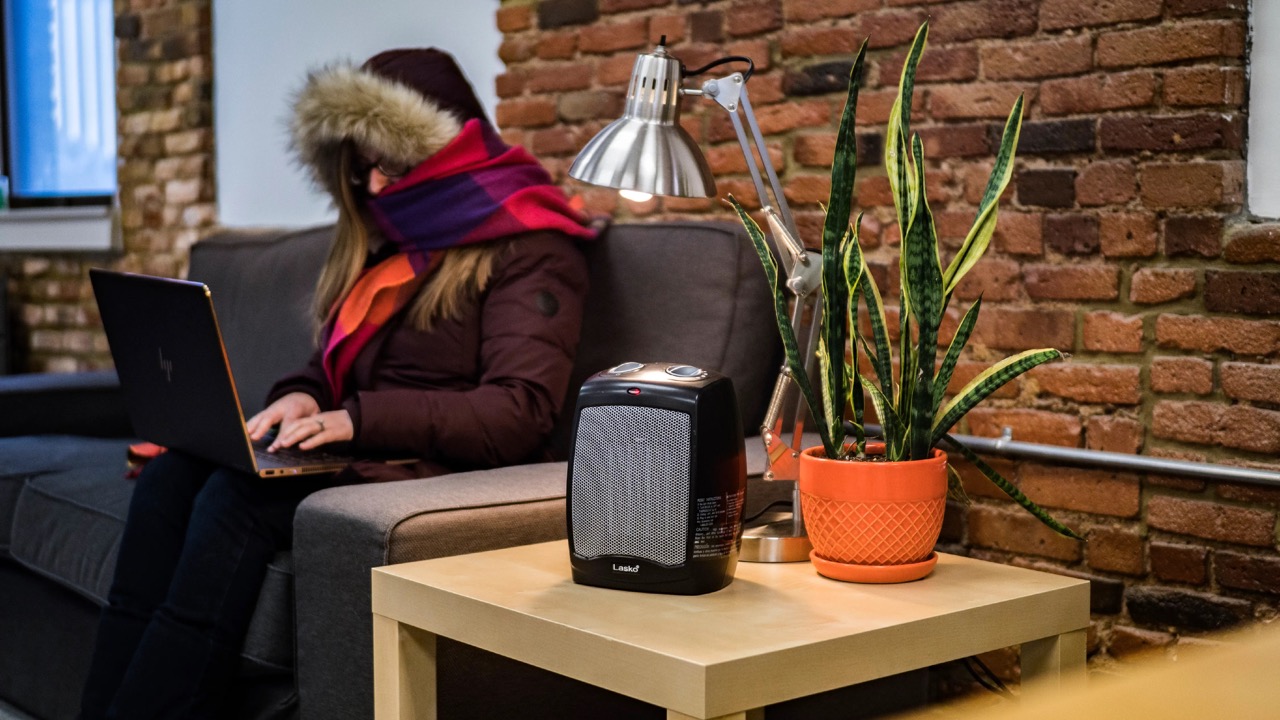
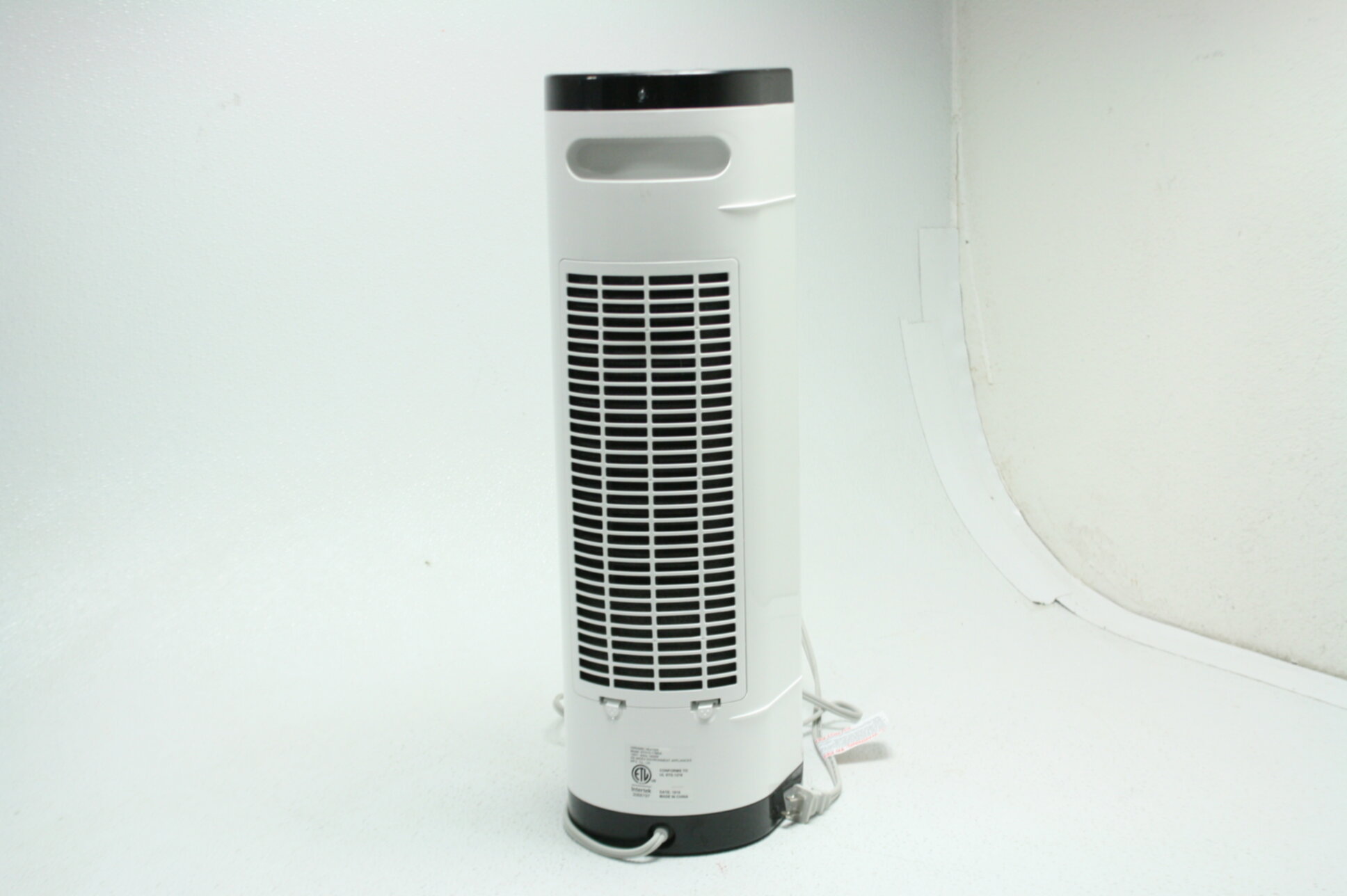
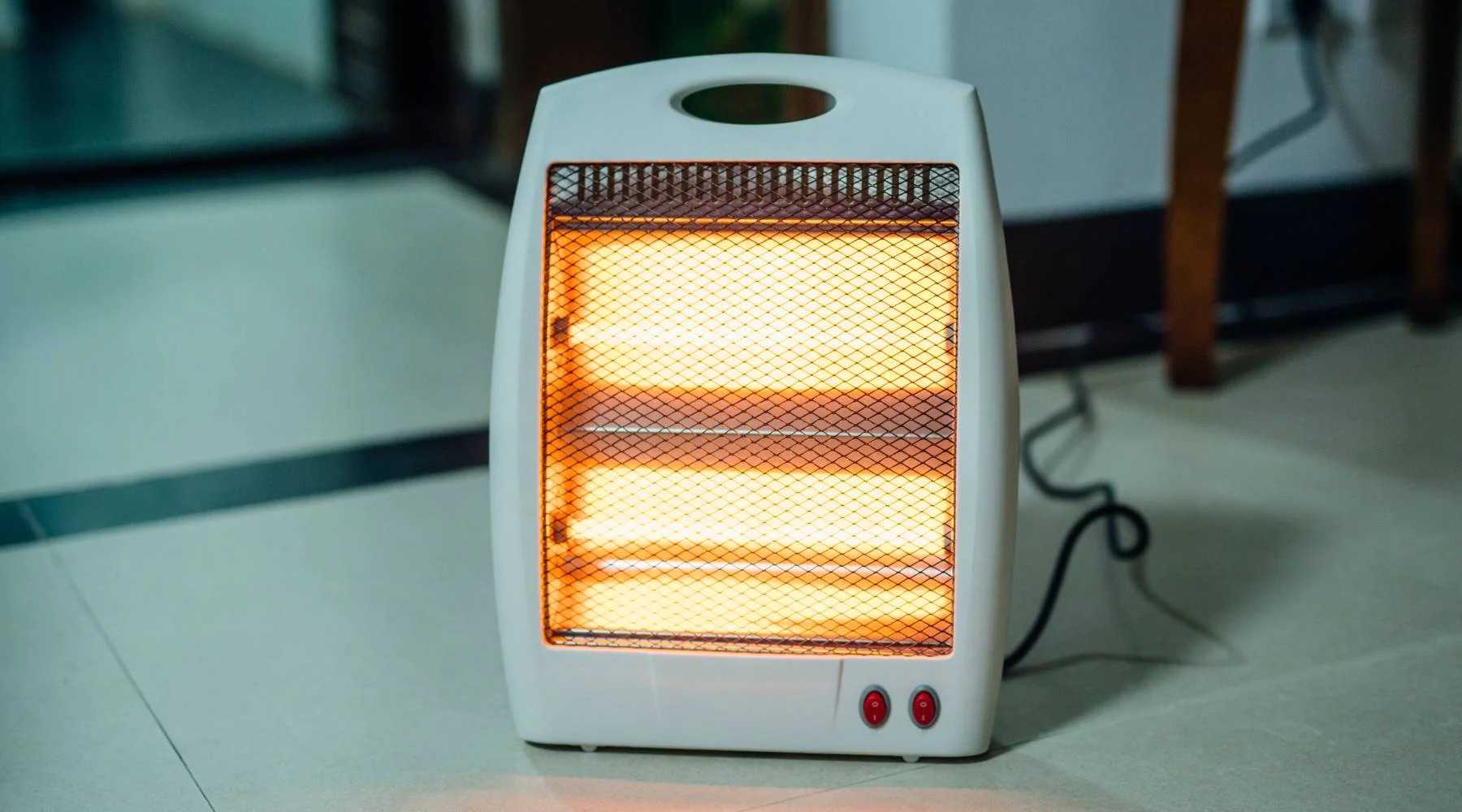
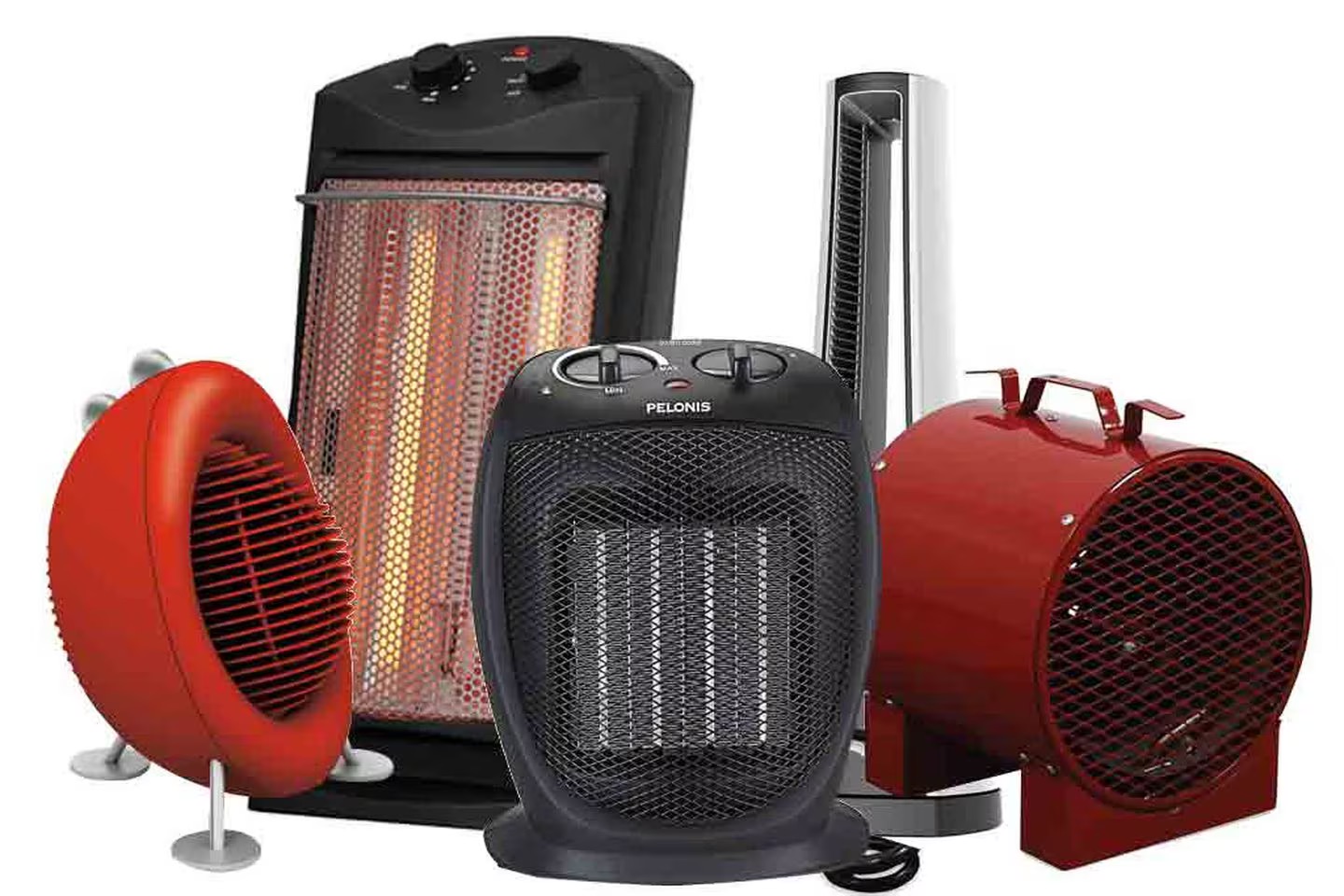
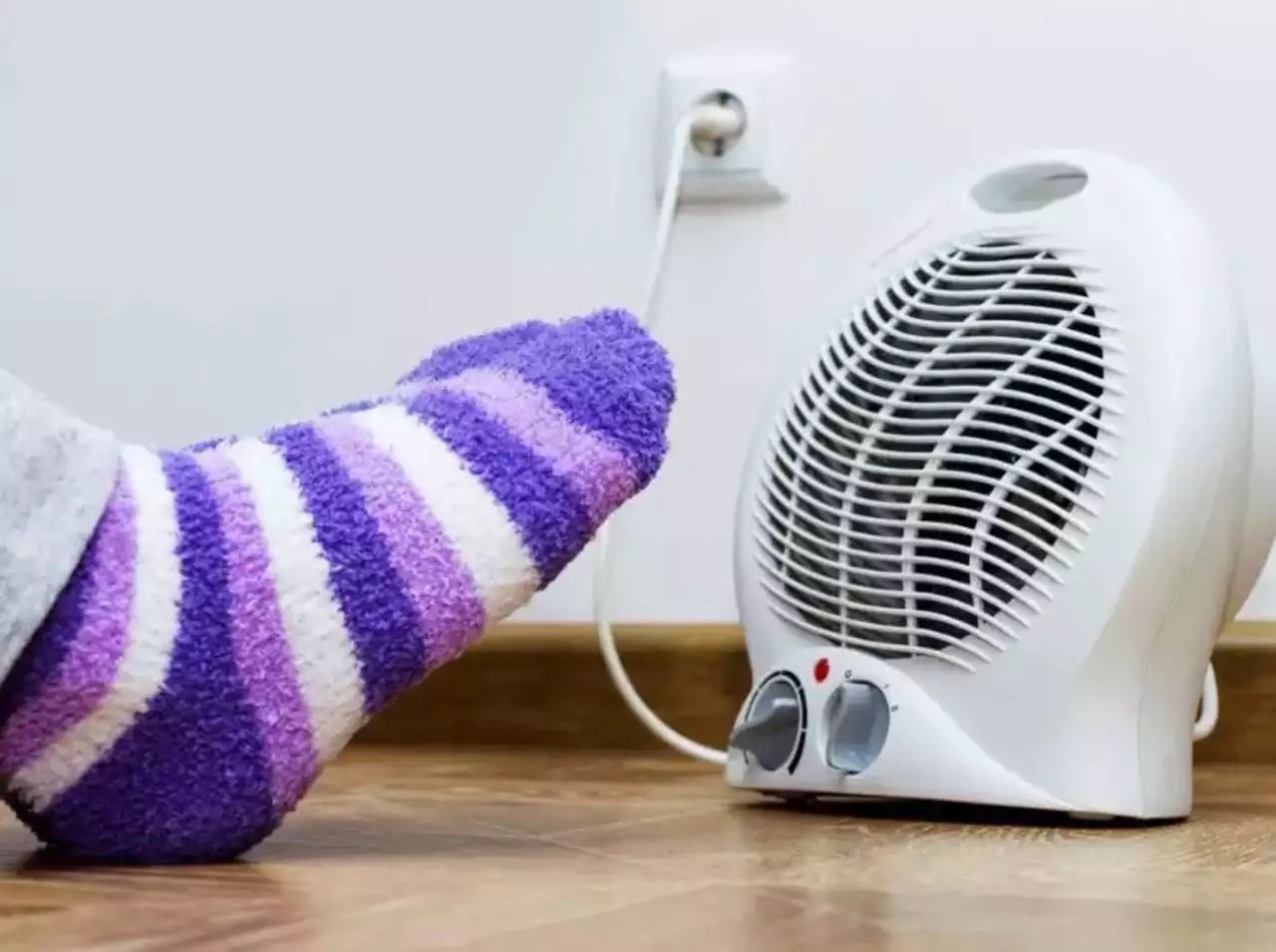
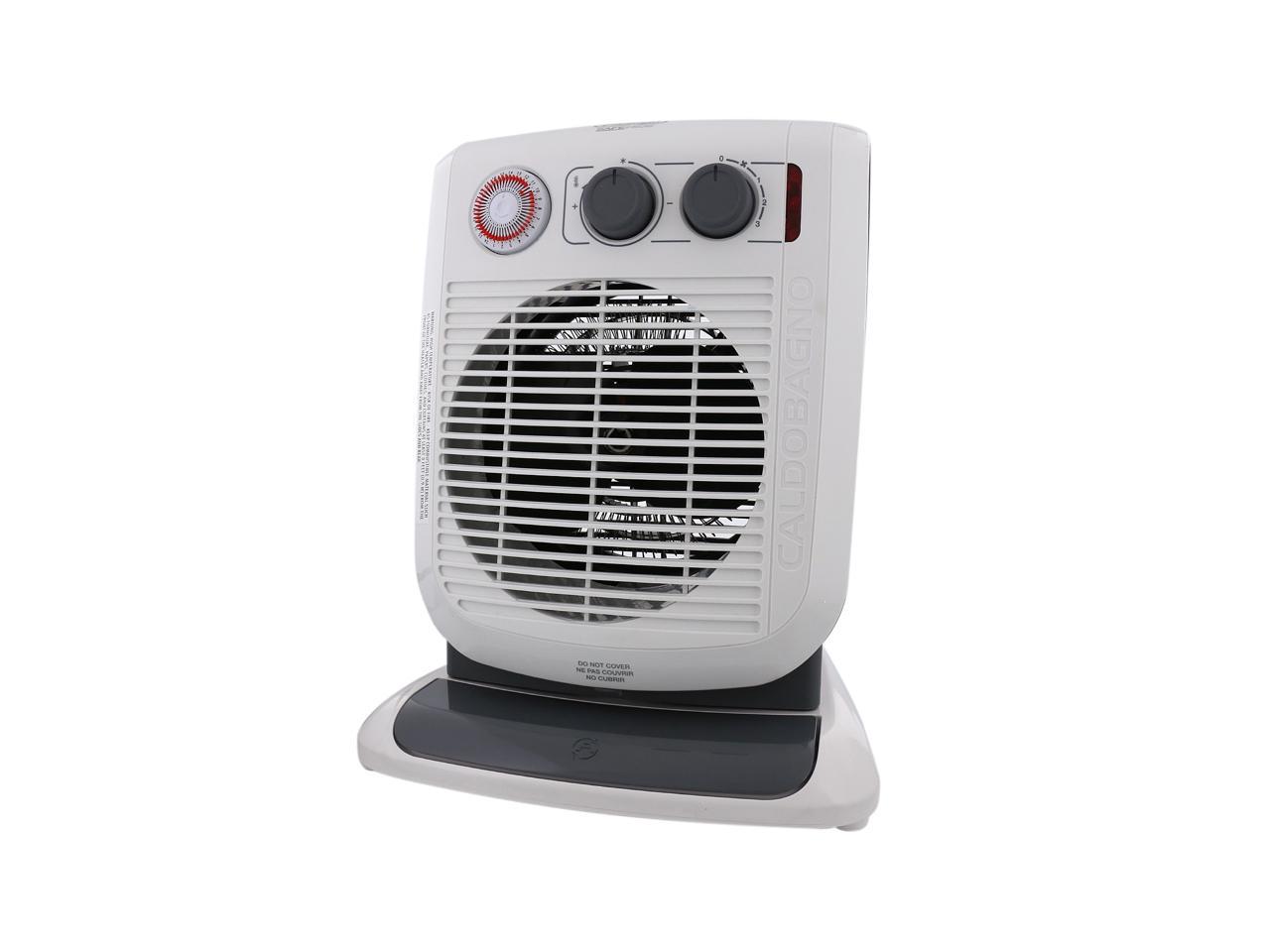
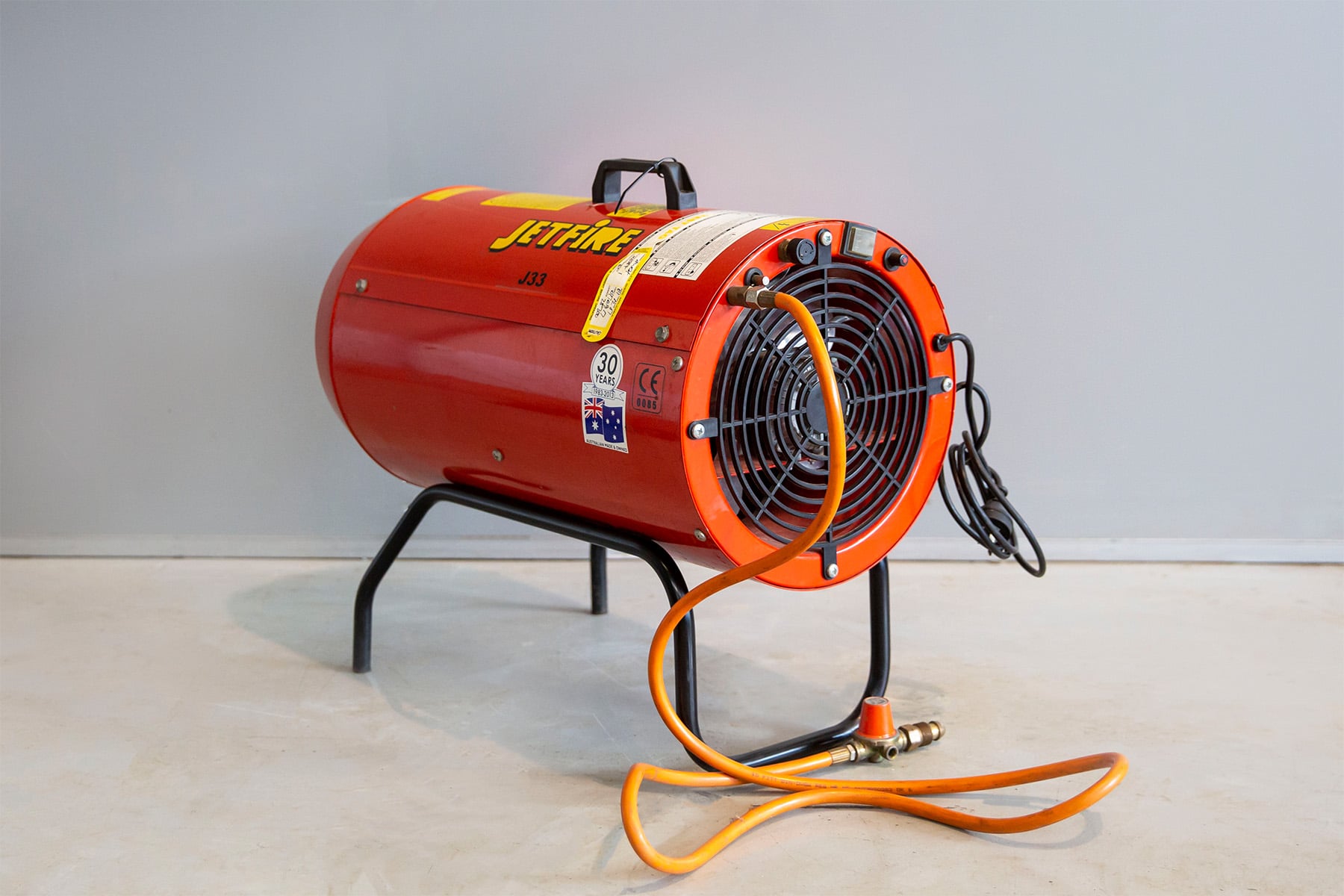
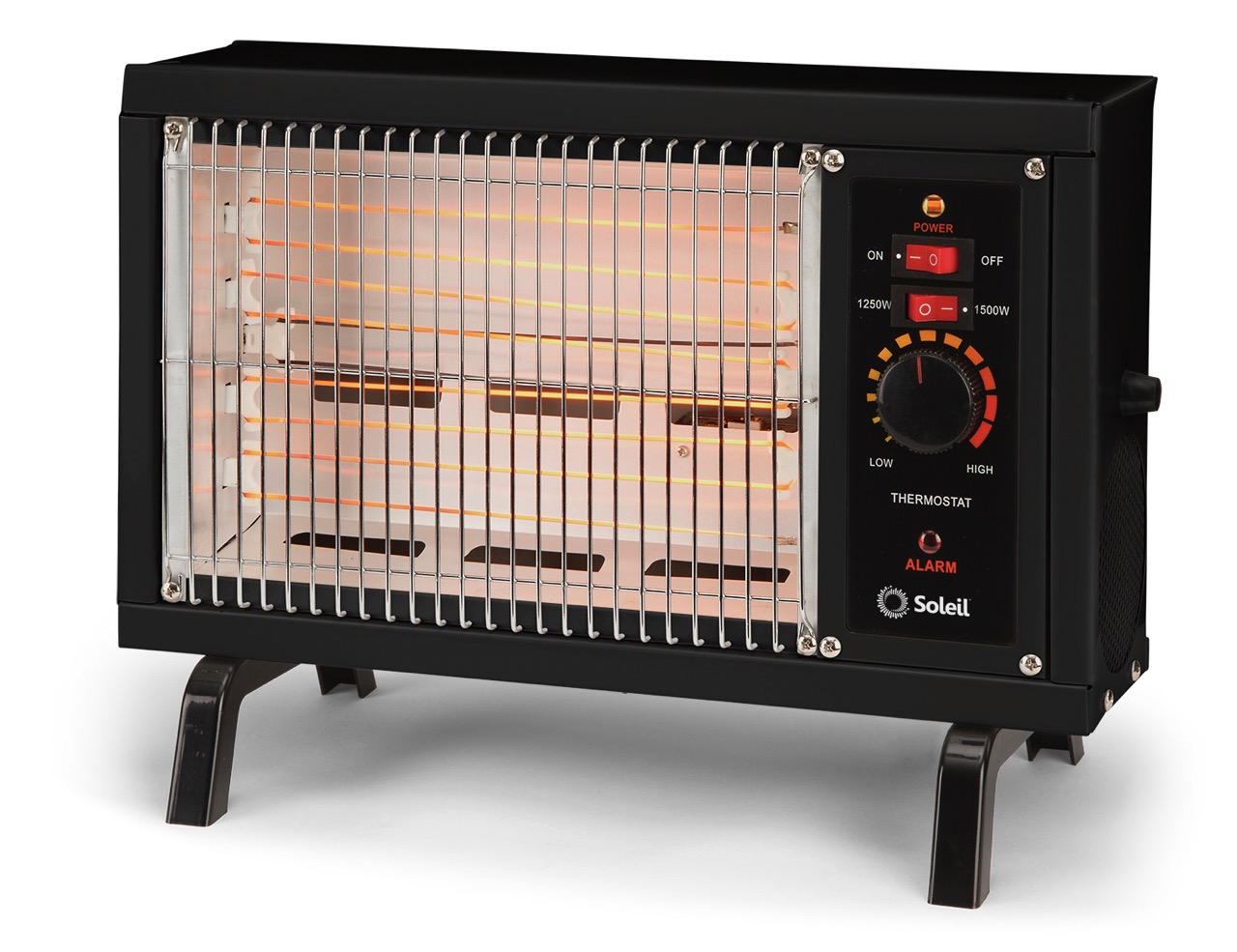
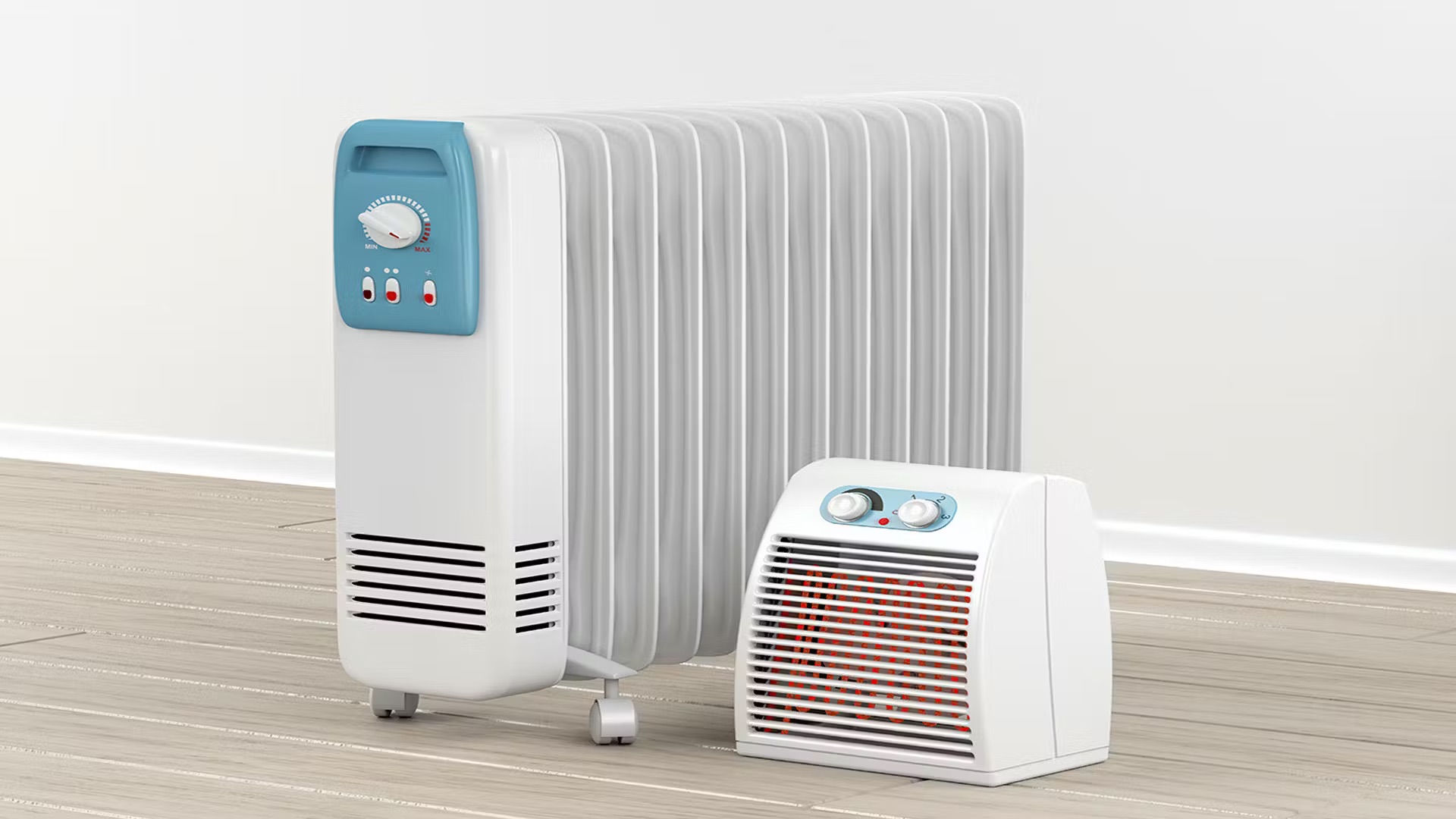
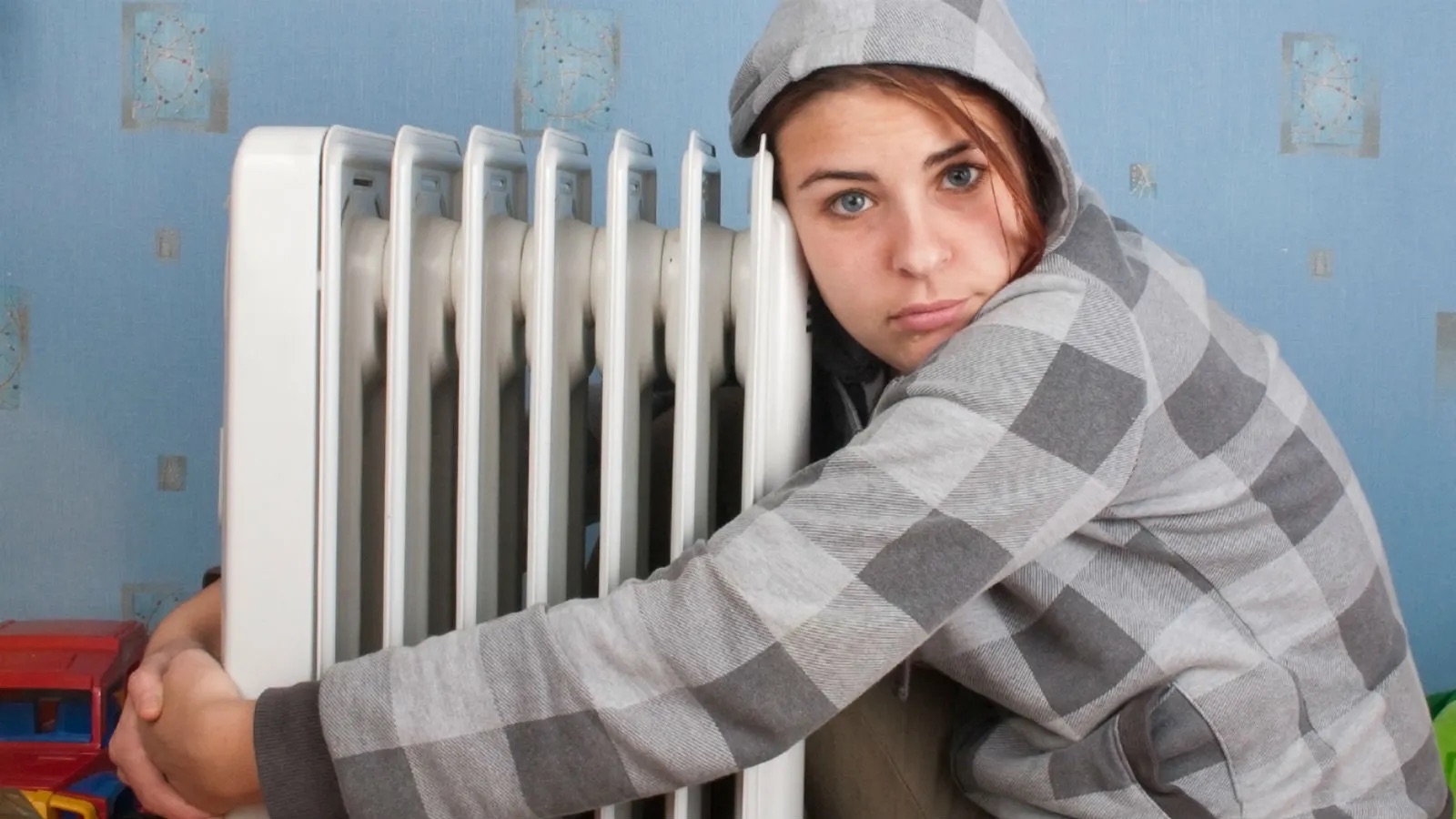
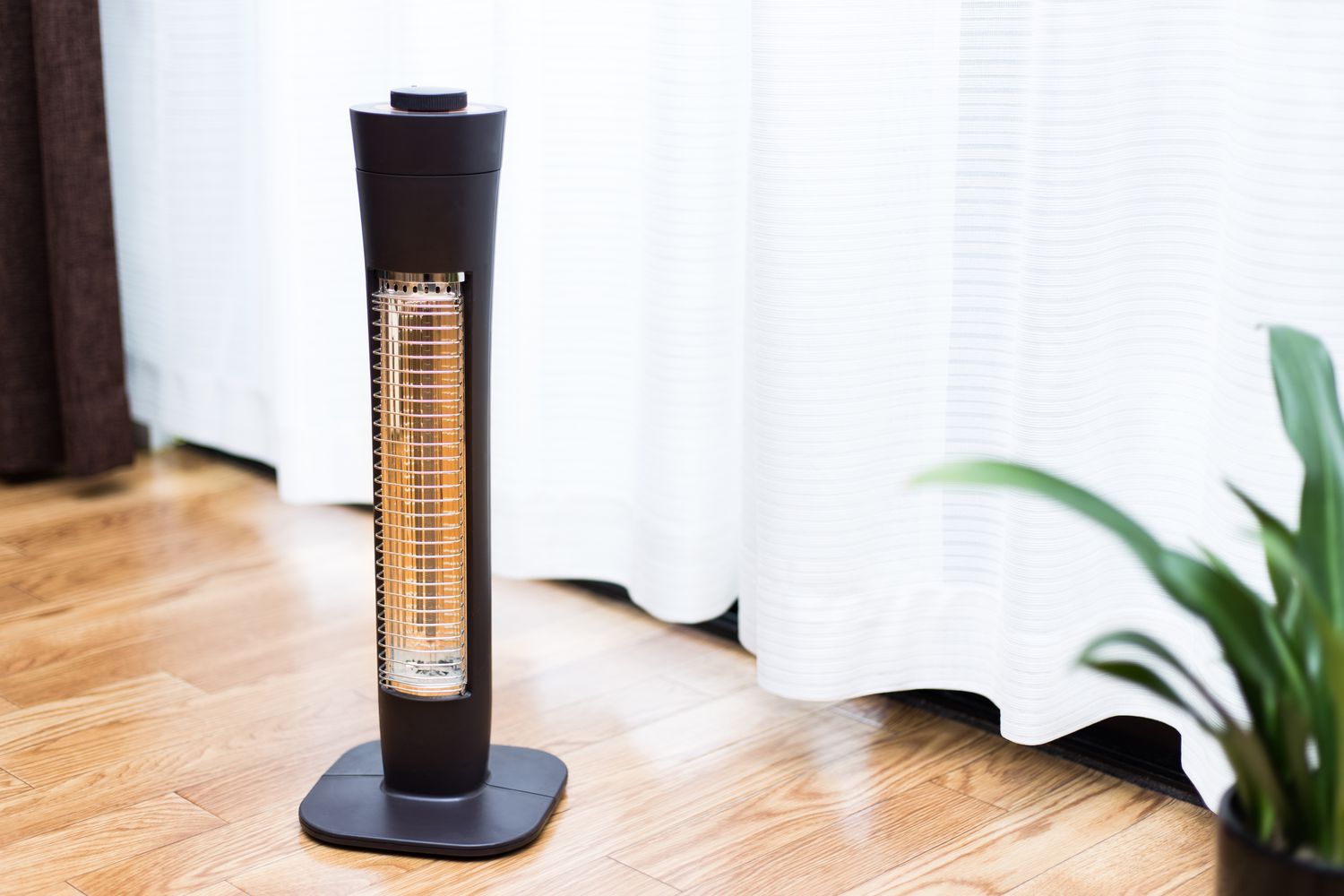
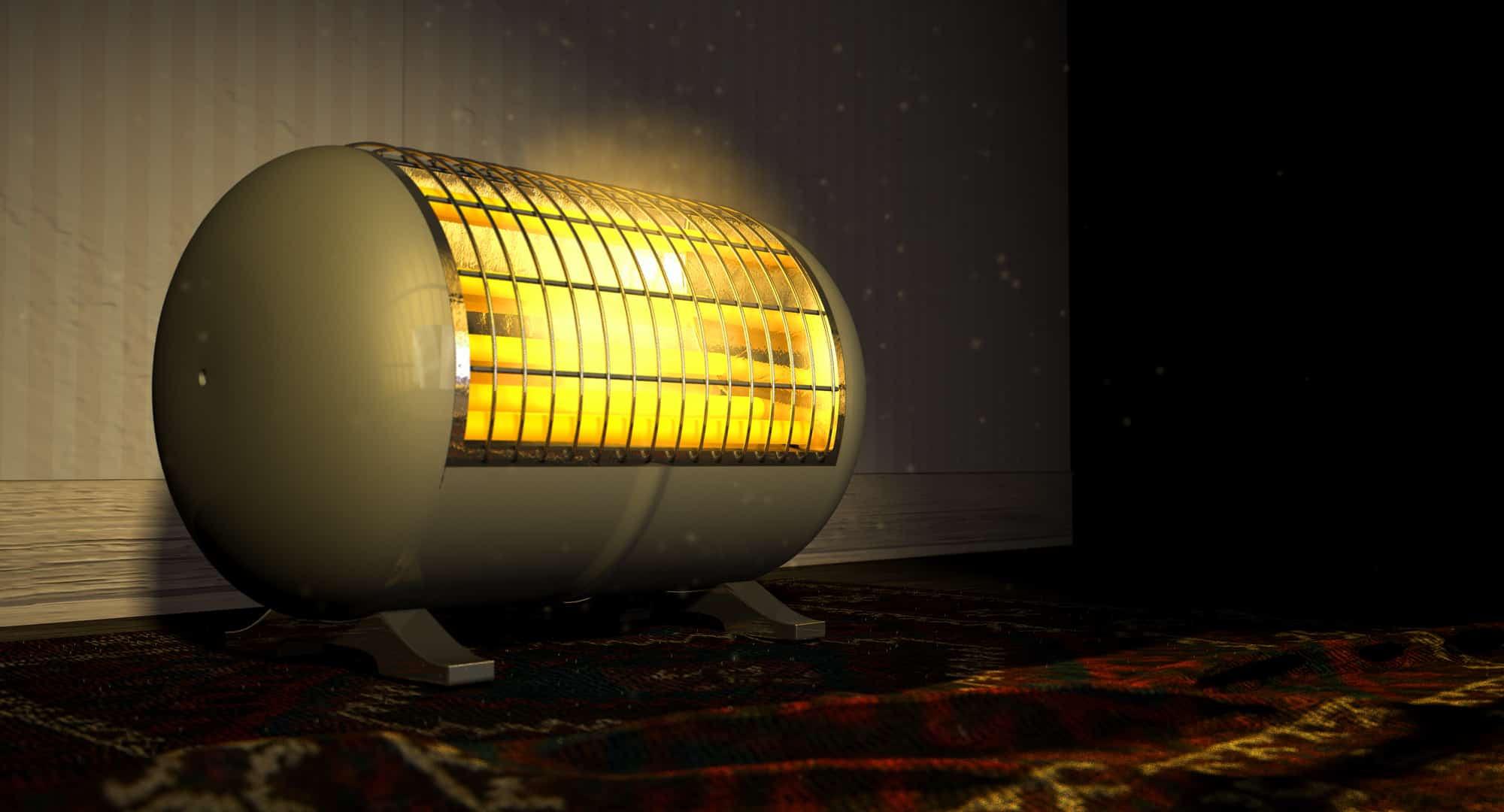
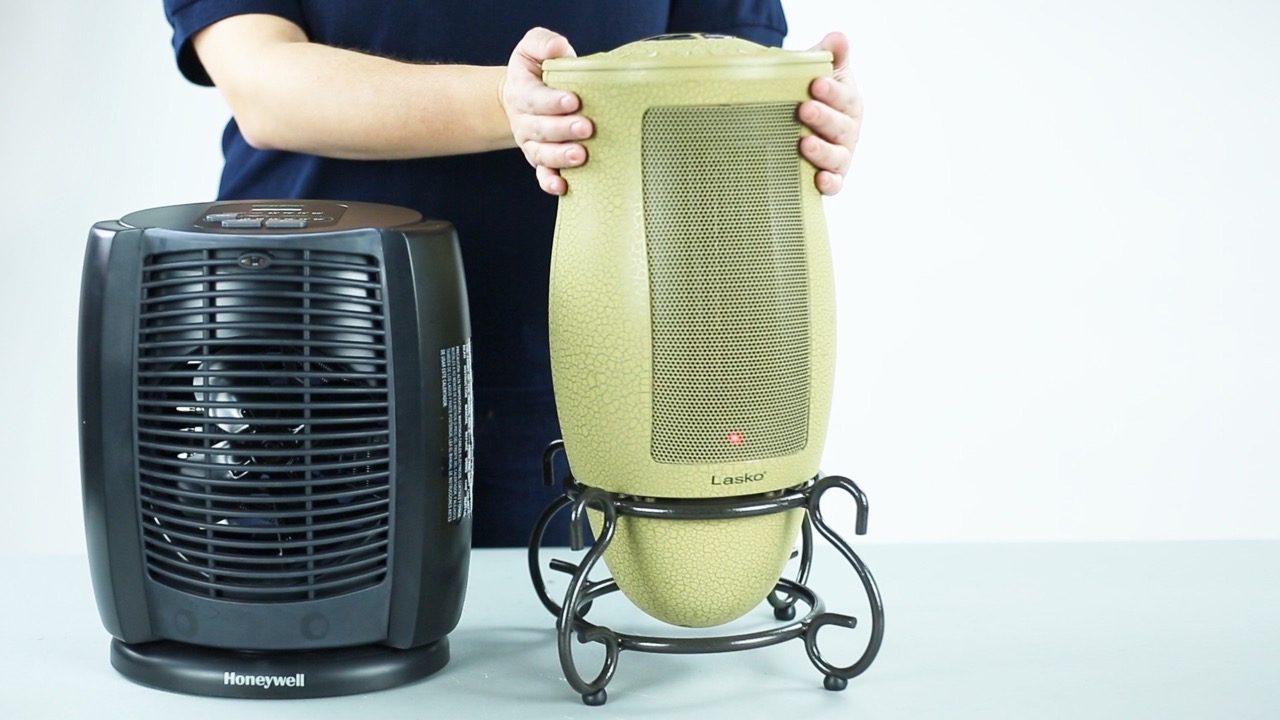
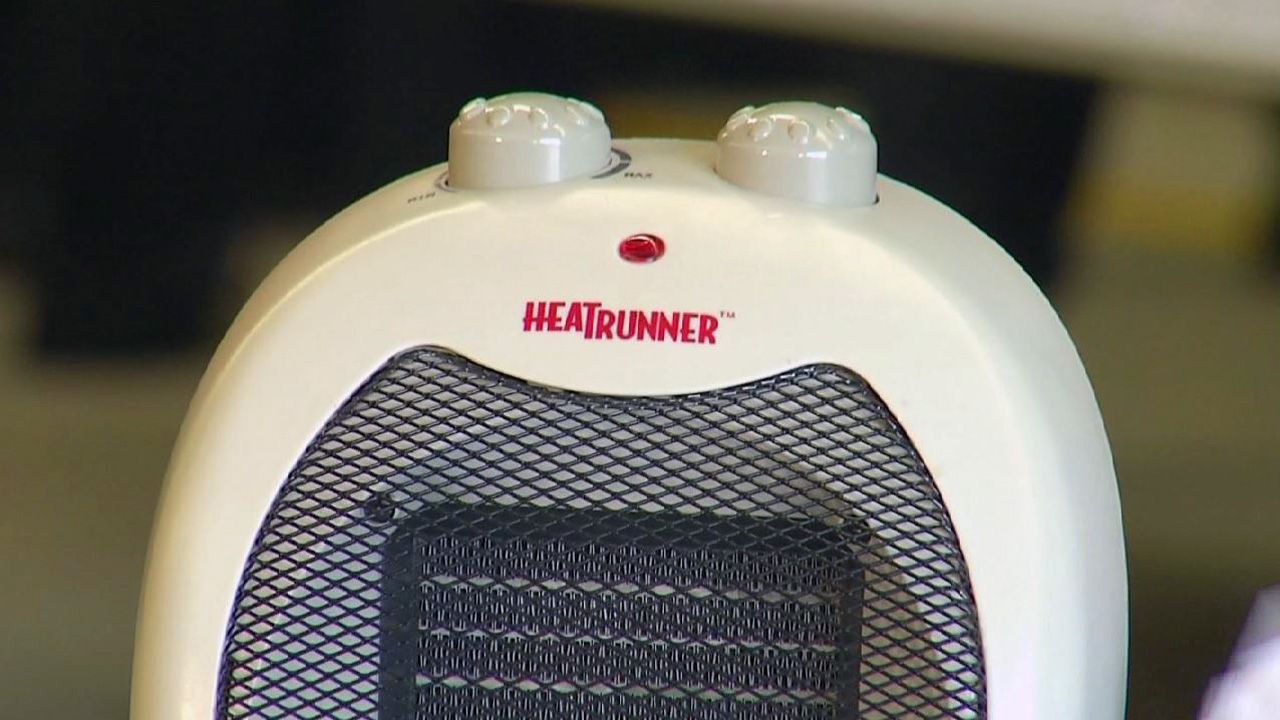

0 thoughts on “How To Plug In A Space Heater”